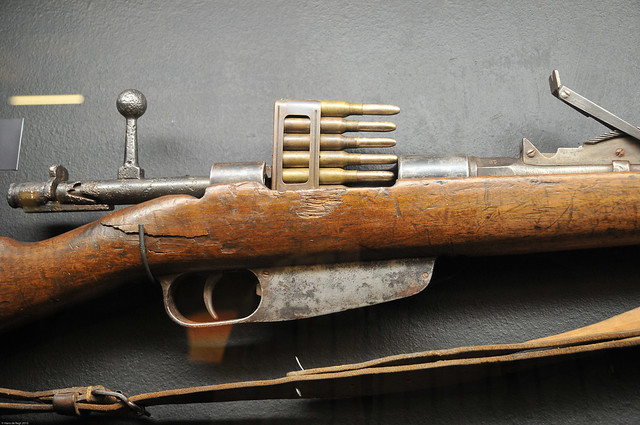Every crime, mystery, and thriller novel has somebody shooting somebody else with a gun.
So how does a writer know what to say?
Try learning to shoot, handling and cleaning a gun, shopping for a weapon and ammo and spending hours at the range.
Go to a gun store. Lean over a case, ask questions. Get the store owner and customers talking.
Hang out at gun shows, if you really want to learn from people who knows guns. They are not creepy events. You'll be surrounded by very polite people. And you can be assured there will be no robberies. Consider it field research.
It's safer than a convenience store or gas station after dark.
Have your ever read a story that's cooking along until false notes start sounding about guns, bullets and shooting? It has ruined books for me. Credibility evaporates. I start wondering about everything else.
In my books I've worked hard to get details right. I've shot most of the guns I write about. I may own one or two of them.
In the case of older weapons, I've been fortunate to find collectors who let me handle their treasures. I was particularly interested in the British Webley revolver, used widely around the time of WWI. It is unusual by today's standards in how it is broken open to be reloaded. I lucked out. The father of a friend had two. We sat at his kitchen table while I learned all there is to know about the gun.
That is a Webley revolver in the upper right of this page. It has an six-sided barrel and is a top-loading gun, meaning the barrel opens from the top to permit ejection of spent cartridges and reload.
I also wanted to know about the Carcano rifle. In my historical novel it was carried in the WWI trenches by my central character. There's a lot of history to this rifle. It is what Lee Harvey Oswald used to kill JFK. It fired a 6.55 mm cartridge with a round nose.
I hoped I might run across a Carcano by meeting WWI reenactors. Sure enough, I found an Italian fellow who had invested a small fortune in recreating an authentic get-up for an Italian infantryman. He had a Carcano, an actual bullet pouch (cardboard and all), the right bullets, a bayonet, even a working range finder on the weapon. Holding it gave me an appreciation for the formidable weapon this rifle was, both as a gun and as a club in close combat.
The importance of knowing whereof you speak when talking about guns was driven home to me in a homicide trial I did as a defense lawyer. My client stood accused of shooting a nine millimeter handgun into a crowd outside a bar. He hit several people and killed one, allegedly. The ballistics were a problem for us, as was the testimony of a young man who was in the car with my client and turned state's evidence.
The ballistics report indicated the bullets had been fired by a Chinese manufactured semi-automatic, a knockoff of an older Russian design. I went out and located a similar weapon, bought it, shot it, took it apart, cleaned it and reassembled it. The knowledge I gained was crucial in winning an acquittal for our client.
I've heard published mystery/crime authors warn new authors they had better get every detail correct about any guns included in their stories or they'll hear about it from readers. I've taken that to heart. I think it makes for better writing, knowing what it feels like to hold and shoot the same weapon as the characters you create. It's also very enjoyable research. I've turned out to be a pretty good shot with most guns, even S&W snubbies.
My first gun was recommenced to me by a Philadelphia homicide detective when I was an assistant DA. In fact, he insisted on picking it out and showing me how to shoot. The very same range in north Philly where I learned how a semi-auto works turned up years later in a mystery novel by someone who is a best-selling author.
Small world .
He got the details completely wrong. I mean, seriously wrong. People violating every rule of range safety, walking around with loaded weapons, chatting, standing behind other shooters with their own guns loaded. He also botched how the guns worked that were being shot by his characters.
Small world. I met this author some time later and let him know. He confirmed I had accurately identified the shooting range in question, but laughed off the factual inaccuracies I pointed out.
I hope that's never me. Except maybe the best-selling part.
Subscribe to:
Post Comments (Atom)






No comments:
Post a Comment